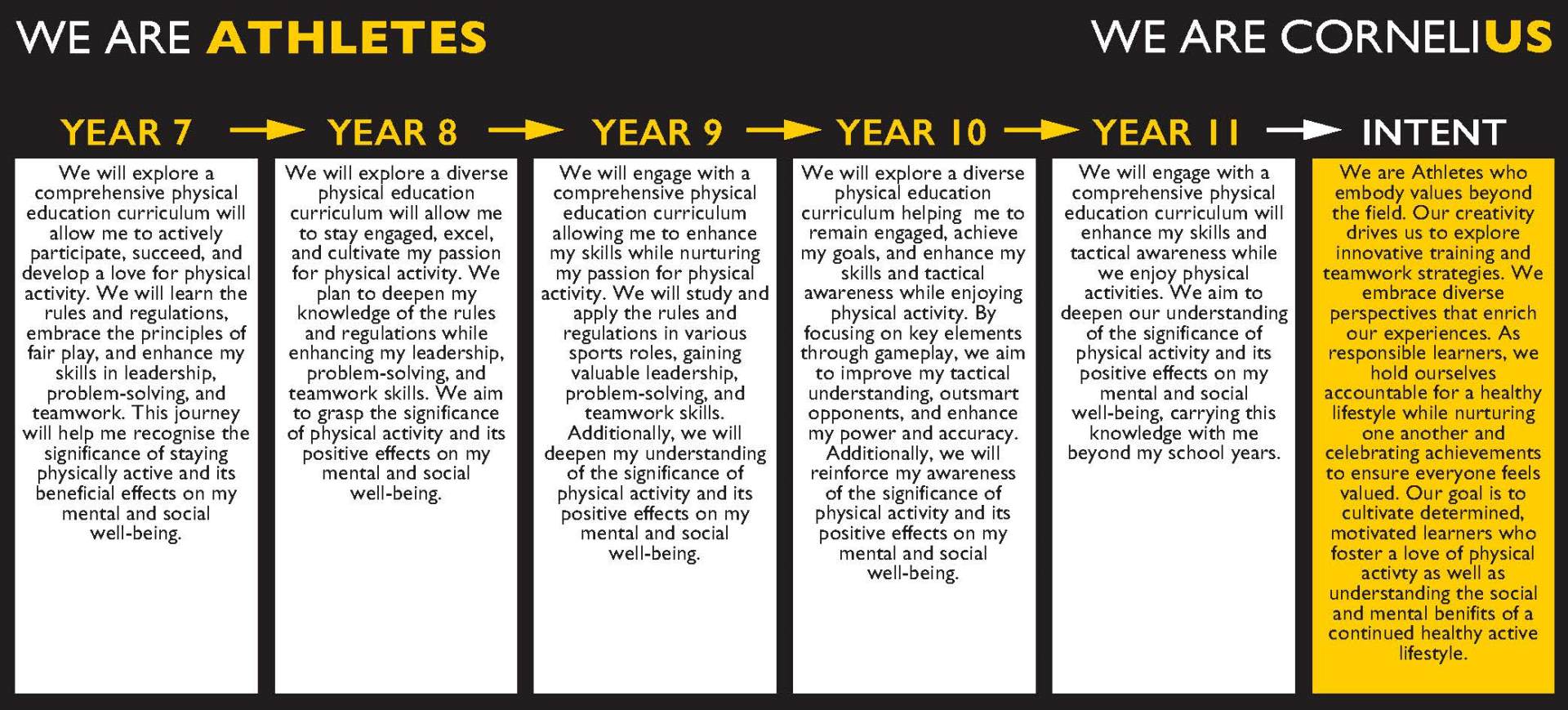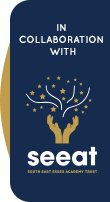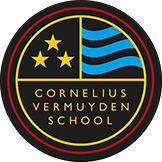Health and Fitness
Intent

Career Opportunities in Health and Fitness
The study of Physical Education allows you to develop skills that could lead to pursuing many different career choices. Some examples of careers you could choose from include PE teaching, sports science, physiotherapy, sports coaching, sports lecturing, sports psychology, personal training, sports nutrition, and many more. Physical Education lessons teach students how to look after their well-being—physically, mentally, and socially. The good practices learned in looking after yourself will stay with you for the future, regardless of whether PE is specifically related to your chosen career.
Year 10 Curriculum Overview
Spring Term
| What are we learning? | What knowledge, understanding and skills will we gain? | What will excellence look like? | How will we recognise progress? |
| Understanding health and fitness and the components of fitness | Students will develop knowledge and understanding of the different training methods in order to plan, carry out, monitor and evaluate personal exercise and training programmes. The relationship between health and fitness and the role that exercise plays in both. The components of fitness, benefits for sport and how fitness is measured and improved. How to optimise training and prevent injury. Effective use of warm up and cool down Skills: Analysing and evaluating different aspects of the components of fitness | Students will be able to take content learned in the lesson and apply it to various sports. Recalling information to answer practice exams questions. | Recall the key points relating to factors which positively and negatively impact training methods and how the components of fitness are used in all sports |
| Understanding the principles of training | Students will develop knowledge and understanding of the principles of training in order to plan and carry out, monitor and evaluate personal exercise and training programmes. The relationship between health and fitness and the role that exercise plays in both. The principles of training and their application to personal exercise/training programmes. Skills: Analysing and evaluating different aspects of physical training. | Students will be able to take content learned in the lesson and apply it to various sports. Recalling information to answer practice exams questions. | Students will be able to transfer their knowledge into a full exam paper |
Summer Term
| What are we learning? | What knowledge, understanding and skills will we gain? | What will excellence look like? | How will we recognise progress? |
| Impact of lifestyle on health and fitness |
Students will develop knowledge and understanding of Different activity levels, diet, rest and recovery.
Students will understand the terms ‘active lifestyle’ and ‘sedentary lifestyle’, with reference to current physical activity guidelines stated by the NHS and how to classify specific health and fitness activities as either moderate or vigorous
The students will understand how key nutrients relate to participation in health and fitness activities and what a balanced diet consists of and the importance of a balanced diet
Skills: Analysing and evaluating different aspects of health and fitness |
Students will be able to take content learned in the lesson and apply it to various sports. Recalling information to answer practice exams questions. | Recall the key points relating to factors which positively and negatively impact training methods and how the components of fitness are used in all sports |
| Preparing and planning for health and fitness |
Students will be learning the content within this period to effectively complete their coursework in Year 11 The project is split in 6 tasks which are weighted differently. Task 1 – Fitness assessment of a client Task 2 – General assessment of client Task 3 – Setting appropriate goals Task 4a- Development of a health and fitness training programme Task 4b – Development of a diet plan Task 5- completion of fitness training programme Task 6- Review and evaluation
Skills: Recalling knowledge Applying knowledge Analysing and evaluating knowledge and understanding Demonstrate and apply relevant technical skills techniques and processes Analyse and evaluate the demonstration of relevant skill, techniques and processes |
Students will be able to take content learned in the lesson and apply it to various sports. Recalling information to answer practice coursework tasks |
Students will be able to transfer their knowledge into a full exam paper and coursework document |
Year 11 Curriculum Overview
Autumn Term
| What are we learning? | What knowledge, understanding and skills will we gain? | What will excellence look like? | How will we recognise progress? |
|
Preparing and planning for health and fitness
Understand how to test and develop components of fitness
Understand how to apply health and fitness analyses and set goals
Understand the structure of a health and fitness programme and how to prepare safely |
Students will learn- To explain how activity impacts health and lifestyle To be able to discuss the nutrients within a balanced diet To explain recovery and impacts on a healthy lifestyle To be able to describe/ carry out the fitness tests Be able to evaluate normative data To explain the different training methods To be able to explain different heart rate training zones Be able to explain the function of different reps/ sets Create and administer a ParQ, Lifestyle questionnaire and Food Diary To set goals using the SMART principle Structure a health and fitness programme Create an effective warm up and cool down Create an effective workout programme, embedding everything you have learnt |
Students will create a deep and thoughtful fitness programme for two given components of fitness; students will be able to justify their reasons and link content to their client’s improvement. |
Students will be completing the synoptic project is split in 5 tasks which are weighted differently.
(AO1 / Task 1 - Explanation of fitness components - 10%)
(AO2 / Task 2 - Creation/Analysis of ParQ + Lifestyle Questionnaire - 15%)
(AO3 / Task 3 - Completion/Analysis of Fitness Tests 20%)
(AO4 / Task 4 - Creation/Analysis/Adaptation of a Fitness Programme 45%)
(AO5 / Task 5 - Self Evaluation 10%). All aspects of the synoptic project are internally marked before being submitted to NCFE.
|
Spring Term
| What are we learning? | What knowledge, understanding and skills will we gain? | What will excellence look like? | How will we recognise progress? |
| NEA - Coursework | Using knowledge gained from Unit 1 students will continue to complete their coursework; this involves analysing a performer’s fitness weakness and then creating a fitness programme to improve the athlete's performance. The learners are acting as personal trainers. | Students will be able to take content from unit 1 and use it to write about a client in a given fitness component, students will be able to justify their reasons and link content to the sport of their choice. Students will be recalling unit 1 and make links where possible to coursework. | Coursework will be marked using the NCFE assessment criteria and marked out of 88 |
| Preparing for exam |
Recapping their knowledge and to embed theory content on the unit 1 exam. HCFE health and fitness specification will be followed. |
Students able to discuss topics and apply their knowledge, A01 should be answered instantly as the content is embedded whilst AO2 and AO’ will be practised to help gain higher marks. | The unit test will focus on every aspect from a regular test but on a smaller examination scale. AO1 - Definitions/Descriptions. AO2 - Explanations & Sporting examples. AO3 - Discussion/Analysis of content covered. |
Summer Term
| What are we learning? | What knowledge, understanding and skills will we gain? | What will excellence look like? | How will we recognise progress? |
| Impact of lifestyle on health and fitness. |
Students will develop knowledge and understanding of Different activity levels, diet, rest and recovery.
Students will understand the terms ‘active lifestyle’ and ‘sedentary lifestyle’, with reference to current physical activity guidelines stated by the NHS and how to classify specific health and fitness activities as either moderate or vigorous
The students will understand how key nutrients relate to participation in health and fitness activities and what a balanced diet consists of and the importance of a balanced diet
Skills: Analysing and evaluating different aspects of health and fitness |
Students will be able to take content learned in the lesson and apply it to various sports. Recalling information to answer practice exams questions. | Recall the key points relating to factors which positively and negatively impact training methods and how the components of fitness are used in all sports. |
| Preparing and planning for health and fitness. |
Students will be learning the content within this period to effectively complete their coursework in Year 11 The project is split in 6 tasks which are weighted differently. Task 1 – Fitness assessment of a client Task 2 – General assessment of client Task 3 – Setting appropriate goals Task 4a- Development of a health and fitness training programme Task 4b – Development of a diet plan Task 5- completion of fitness training programme Task 6- Review and evaluation
Skills: Recalling knowledge Applying knowledge Analysing and evaluating knowledge and understanding Demonstrate and apply relevant technical skills techniques and processes Analyse and evaluate the demonstration of relevant skill, techniques and processes . |
Students will be able to take content learned in the lesson and apply it to various sports. Recalling information to answer practice coursework tasks. | Students will be able to transfer their knowledge into a full exam paper and coursework document. |



